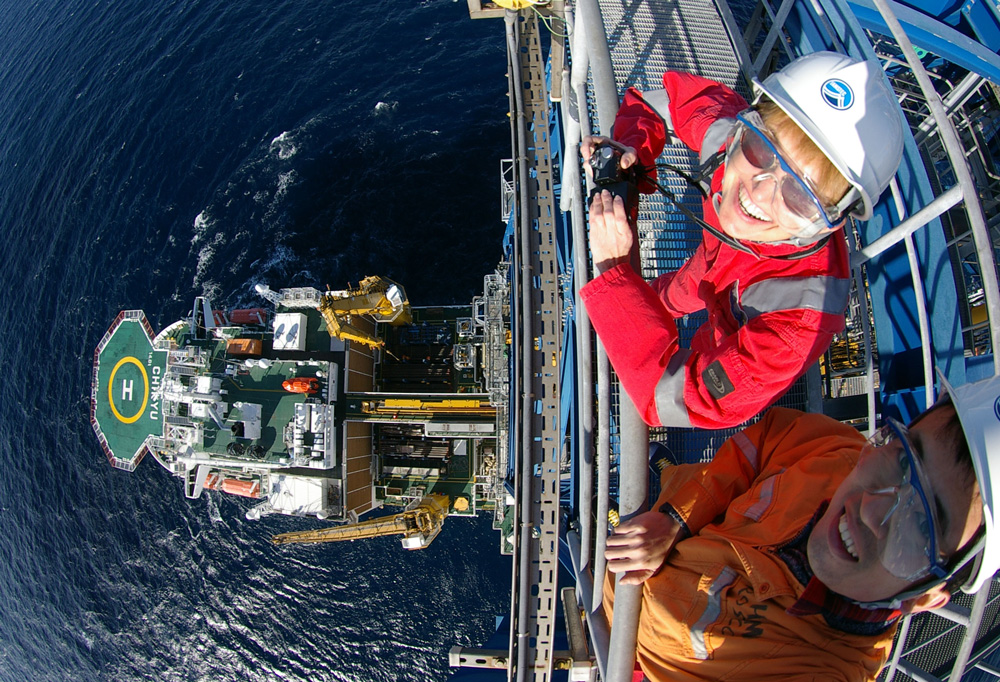AAPG Profiles Bureau Researcher Kitty Milliken

The Bureau’s Kitty Milliken was recently interviewed as part of the American Association of Petroleum Geologists (AAPG)’s “Science and Technology Showcase.” Read the full interview on AAPG’s blog.
Kitty has been working in various areas of sedimentary petrology since the mid 1970’s, and her interest in earth science goes back to when she was just 7 years old. Kitty’s degree fieldwork has taken her to core warehouses all over the southern and western United States, and she has since done work with the Integrated Ocean Drilling Program (IODP)—a floating offshore core facility.
Kitty’s more recent research focus has been in using petrography to document the magnitude of subsurface reactions in sedimentary rocks. Her work has found that cumulative subsurface reaction volumes tend to be very great—that is, the chemistry of a rock is very different from the ancient sediment that makes up that rock. Throughout her career, she has also done important work in pore architecture to understand how the size, shape, and distribution of pores affects the behavior of fluids in rocks. This work can have great impacts in identifying productive areas for drilling in unconventional reservoirs.
Kitty is currently working in Perth, Australia, with a group from the Commonwealth Scientific and Industrial Research Organisation (CSIRO). Together, they are using high-magnification imaging methods—such as field-emission scanning electron microscopy (FE-SEM)—to examine organic-rich Proterozoic mudstones. Kitty is excited to discover how the reactive skeletal material in these rocks has played a role in the development of their pore architecture.
“For understanding the origins of rocks and their basic components, the intersection of new technologies for seeing with previous experience in examining a wide range of rock types provides fertile ground,” says Kitty, “Once we have a new way of seeing, then we have a new way of measuring and answering questions, but it’s necessary to have experience to know what to measure and which questions to ask.”